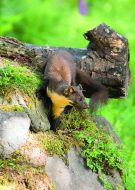
Since 2015, VWT has been involved in pine marten translocations from Scotland for population restoration in Wales and, more recently, Gloucestershire. A primary consideration in these translocations has been to minimise the potential for negative impacts on recovering donor populations in Scotland. To this end, surveys and monitoring have been carried out to collect further data to inform the way in which current and future sustainable harvesting models are applied. Based on precautionary principles, VWT adopted a highly conservative approach to trapping and removals in the first instance. Data on indices of marten activity at donor sites to date suggest that this has proved effective, and population estimates derived from genetic analysis of non-invasively collected samples support the suggestion that only a relatively small proportion of resident animals have been removed. However, the sampling strategy could be improved to refine population estimates further and better inform the way in which donor populations are managed and conserved in the face of higher demand from other organisations in future.
Download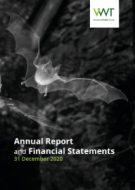
Vincent Wildlife Trust has just published its Annual Report for 2020. This report gives an overview of the past year’s highlights, its projects, its partners and its audited financial statements.
Download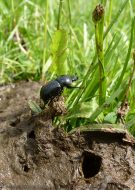
This quantitative meta-analysis of 22 studies documents the non-target effects of endectocide residues on dung-dwelling organisms, such as the Aphodiine dung beetle and provides evidence on the consequences of different application methods, and the need for standardised methodological techniques in future studies.
Photo: Aphodius fossor @British Scarabs CC BY-NC-ND
Download
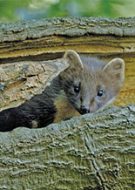
Vincent Wildlife Trust’s Pine Marten Recovery Project leaflet has been updated to give a more recent summary of this innovative project and its outcomes.
Photo: ©A. Achterberg
Download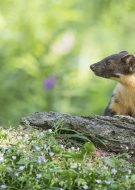
As part of a national recovery programme for the pine marten Martes martes, a protected mesocarnivore in the UK, we used Q-methodology to understand the perspectives of residents living in an area in which a pine marten translocation project was planned.
Download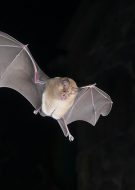
Using a Before-After-Control-Impact phantom road experimental
design, we examine the impacts of traffic noise on bat activity and feeding behaviour.
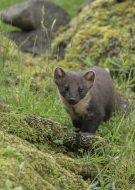
We used radio-tracking to describe post-release movement and habitat selection of pine martens translocated from Scotland to Wales.
Download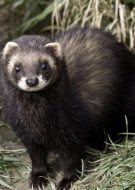
We analysed stomach contents from 99 polecats collected in 2012-2016 and compared results with earlier studies.
Download
We investigated the short-term effects of exposure to translocated pine martens on the space use and survival of resident grey squirrels.
Download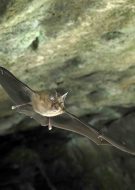
This paper examine functional connectivity of greater horseshoe bats (Rhinolophus ferrumequinum) at a local scale using Circuitscape software.
Download